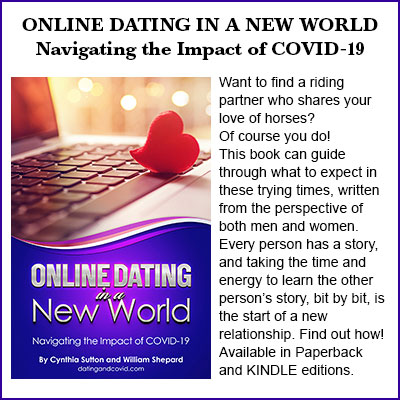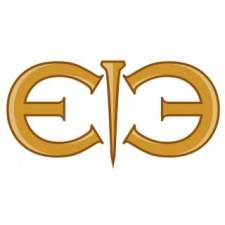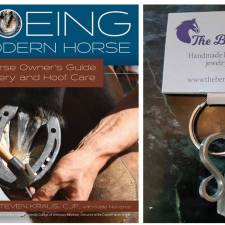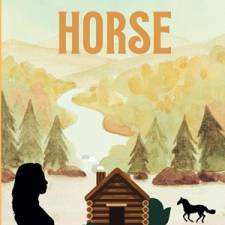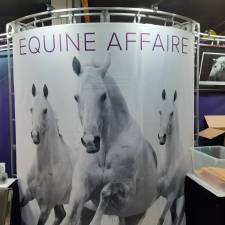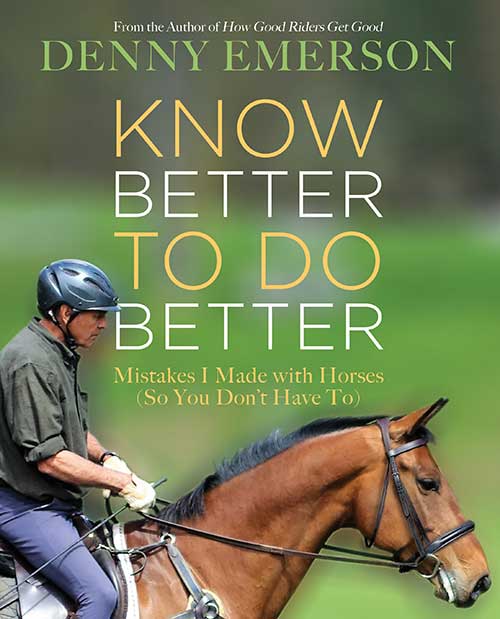
by Denny Emerson
There must be something buried in the human psyche that craves an object of blind devotion, else why would there be fans of anything? Think about it. A 10-year-old boy, typical in many respects, is blindly obsessed with baseball, say, the New York Yankees, and football, the New England Patriots. Now this kid has never met an actual Yankee or Patriot and probably never will. But if you want to start an argument that has no end, say something demeaning about either team and you will hear a vast litany of reasons why these two teams, and these alone, are superior to all others.
Political parties, religions, nationalities, hobbies, and brands of cars all have their champions (and their detractors), and often there isn’t much logic, analytical thinking, or empirical evidence underlying these obsessions. It’s no different in the large world of horses. Try telling a devotee of some particular breed that some other breed is better and you are right there arguing with that 10-year-old about the relative merits of the Yankees versus the Red Sox, with no hope of either party convincing the other in 10,000 years. You may be an obsessed dressage rider, but you’ll be highly unlikely to ever convince a barrel racer to switch disciplines.
Most of the horse breeds and the horse disciplines have entire subcultures surrounding them, with associations, magazines, websites, blogs, registries, and competitive venues in interlocking webs of support. Once you have decided to pick one and choose to become (pick one: a show jumper, an eventer, a trail rider) riding (pick one: a Thoroughbred, a Morgan, a Paint), there is an entire network created and designed to make you feel comfortable and part of something special and larger and more important than yourself.
There are enormous gulfs separating these segments of the equestrian world. Arabian lovers will not be found at an Appaloosa show, nor reiners at the Grand Prix of Aachen. Drivers drive, steeplechase jockeys steeplechase, Western riders ride in saddles with saddle horns, and show jumpers and hunt seat riders do interact but are rarely seen at any type of trail ride. There are a few areas of commonality, like the quest for veterinary advances, or the need for good hay or trailers, but basically, there’s little to bind the disparate elements together.
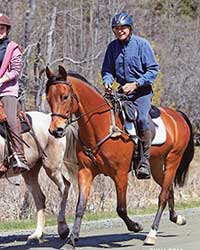
The main problem with blind devotion to anything is that it tends to rule out all kinds of opportunities that are available to those with vision. Here’s just one example: Take a young event rider. Let her spend a few years developing her eventing base. Then let her spend a year in Germany working at a dressage training center. And let her gallop timber horses for an entire year for noted steeplechase trainer, Jonathan Sheppard. Afterward, she should spend a year with world-champion endurance rider Valarie Kanavy. The next year she’s back in Europe with a grand prix jumper stable. Now send her back into eventing, and if she isn’t wildly more proficient than when she left four years earlier, she must have spent those opportunities in a drug-induced coma.
Now, nobody I know has done that “total immersion thing” to the extent of my hypothetical example, but there are pieces of that puzzle available to those who are enterprising enough to seek them out. Basically, it’s a big, diverse world out there, and if you allow your fandom mindset to limit you, you can bet you’ll be surpassed by those more open minded. Hey, we know you’re basically whacked, just as most of us can admit that we are similarly “out there.” Don’t worry. You can crawl back to the secure little nest of the Patriots and the Yankees, and live there happily ever after, but maybe just try some other brands of ice cream before you eat only maple walnut for the rest of your life!
This excerpt from Know Better to Do Better: Mistakes I Made with Horses (So You Don't Have To) by Denny Emerson is reprinted with permission from Trafalgar Square Books (www.horseandriderbooks.com). Find this book and more in our section on Books.






